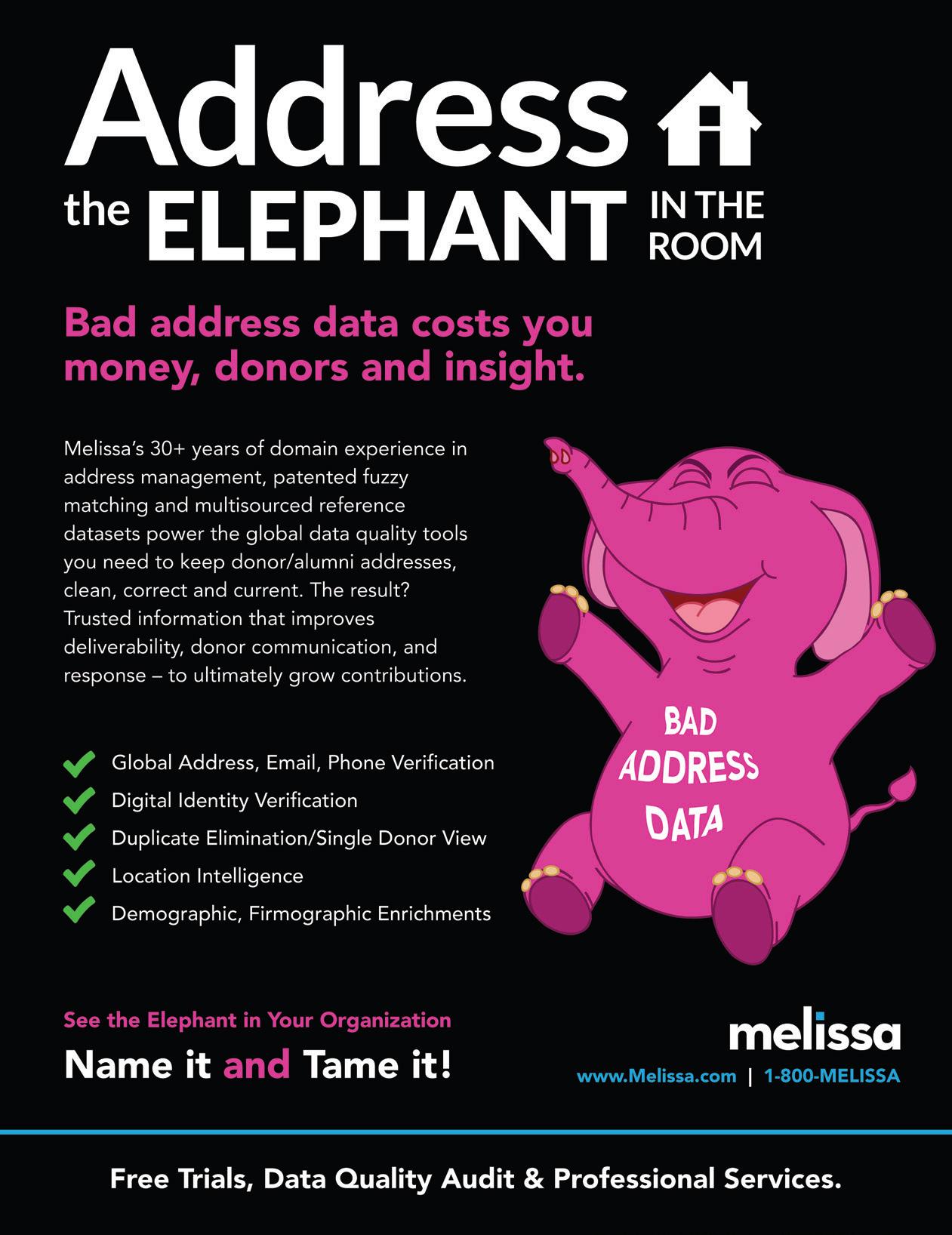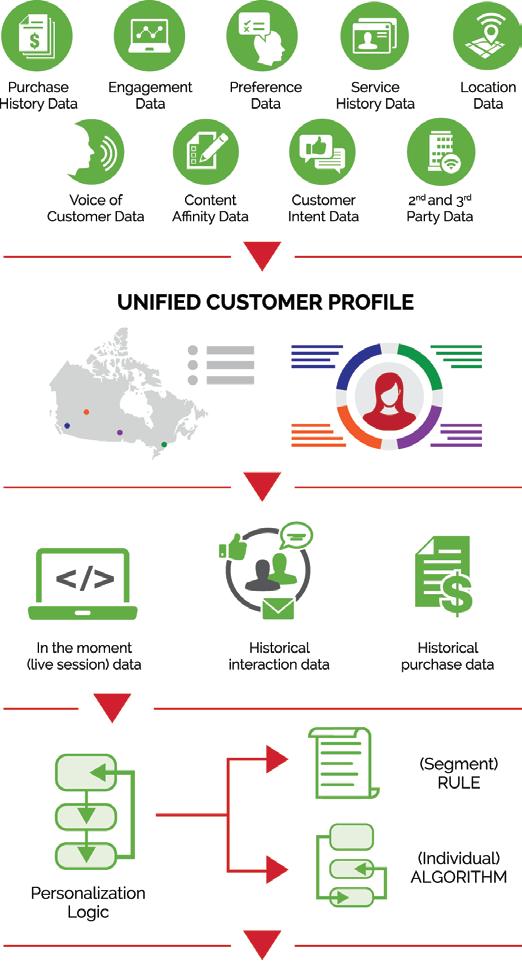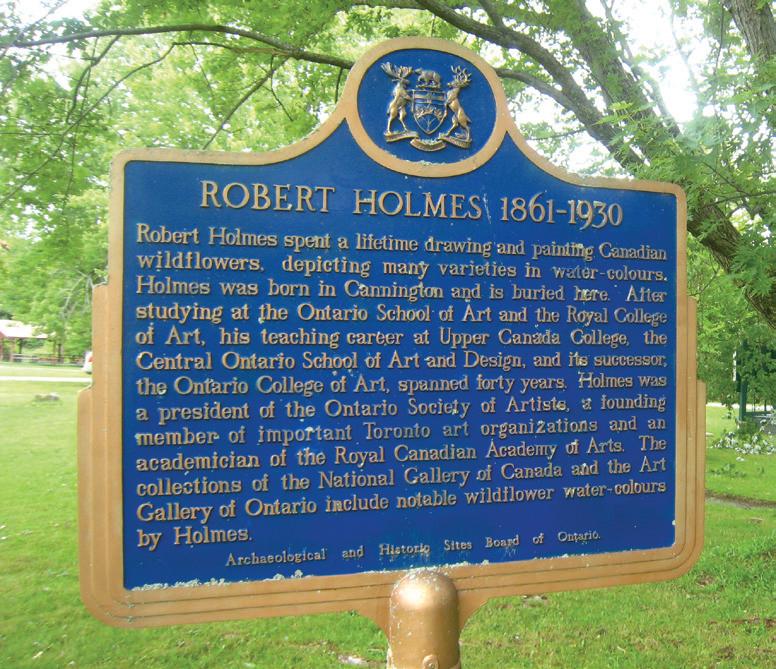COMMENTARY
Canada’s Charitable Sector is Broken
I
BY GENA ROTSTEIN
f the recent example of the funding relationship, and subsequent cancellation of the funding contract between WE Charity and the Canadian Federal government has showcased anything; it laid bare what most philanthropists and charity directors have known for decades — the Canadian charitable system is broken. This broken system highlights three distinct problems charities face in managing donor relations: The charitable accountability system is inconsistent between organizations and funders; There was a lack of due diligence and vetting on WE and potentially other organizations that have entered into government partnerships; and An inconsistent standard of leadership. The charitable sector is comprised of funders, charities, nonprofits, charity watchdogs and government agencies. With all of these players on the field what led to this breakdown? How can it be mitigated in the future? What is the appetite for change by any government on how money flows within the charitable sector? First off, let’s explore the charitable sector framework. As it is this framework that reinforces how this situation became possible in the first place. Our society is built upon three distinct legs — the forprofit sector, the non-profit/charitable/ voluntary sector and government. For a long time, society assumed the second leg as being a bit shorter, perhaps a bit spindlier, resulting in a foundationmag.ca
somewhat wobbly stool. Over the years attempts have been made to make that leg a bit stronger by establishing a more robust reporting system, the creation of charity watchdogs and a more professionalized charitable sector workforce. The problem all the while was thinking that it was the non-profit leg of the stool that was broken and not the floor upon which the stool was resting. The way we manage our social systems is through a bifurcated model at the Federal level — an organization is either a for-profit company, or a registered charity. This bifurcation is not just in the corporate structures, but also in how these organizations are reviewed and reported upon. On top of this, there is no consistent reporting and evaluating criteria of charities. The questions asked by the CRA on the charity annual return form would not uncover what ended up happening between WE, Canada’s donor community, and the Federal Government. The closest questions on this annual return that may lead to further investigation of a direct relationship between a funder and an organization include questions like: Did the charity compensate any of its directors/trustees or like officials or persons not at arm’s length from the charity for services provided during the fiscal period (other than reimbursement for expenses)? This is a yes or no question and no further information is required to support the answer. Did the charity use any of its tax receipted donations on behalf of another organization? This is also a yes or no answer and once again no further information is required. As well, this June/July 2020
FOUNDATION Magazine
33








